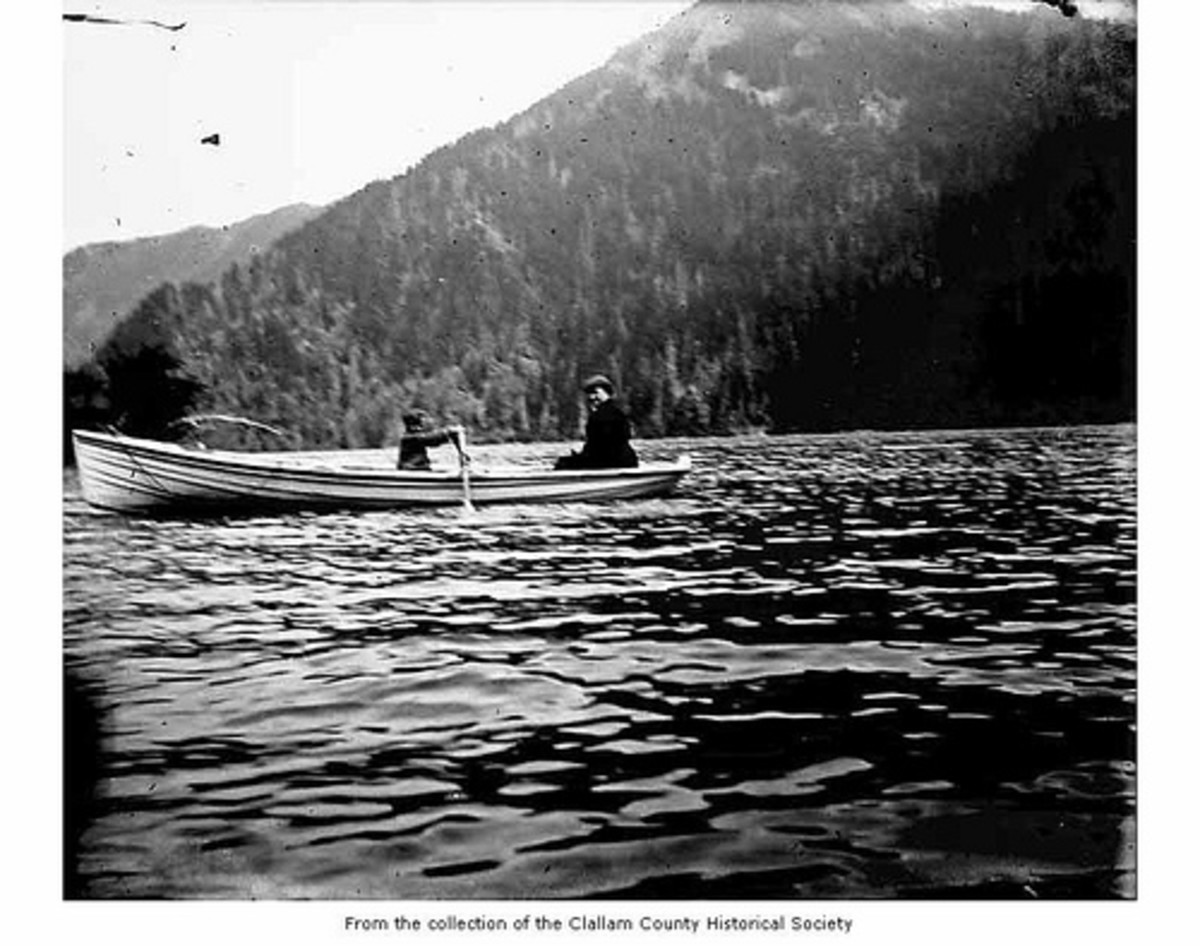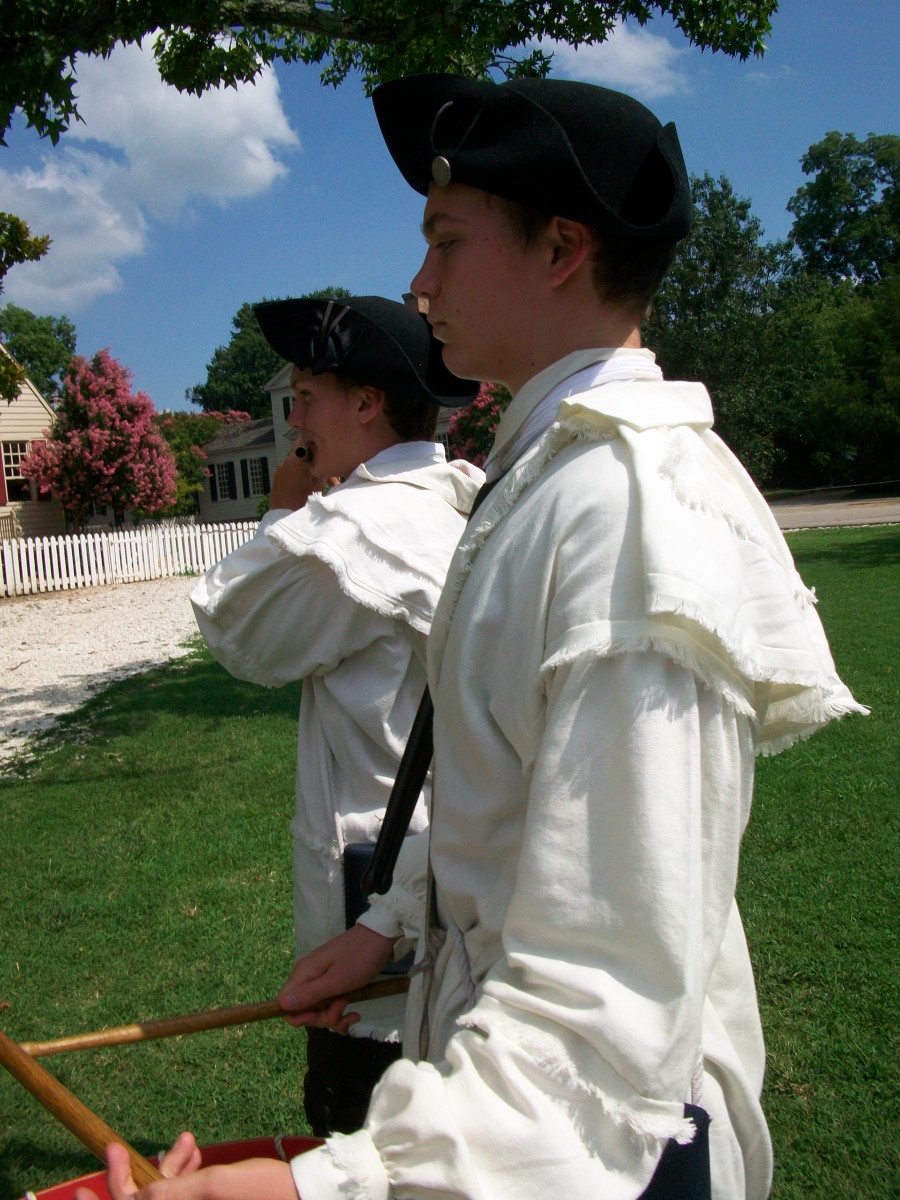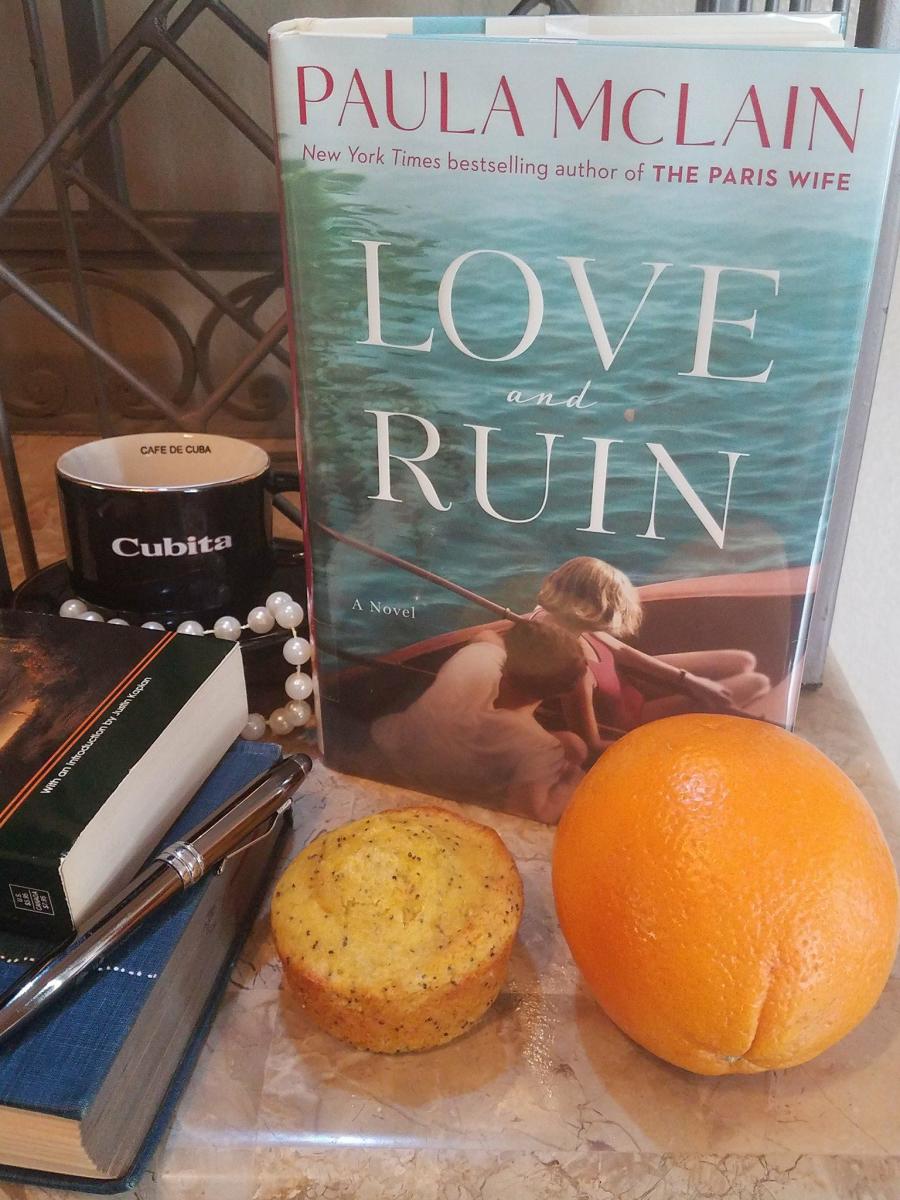Creating a Family Saga - FS5 - Themes and Family Sagas
Where it all began...
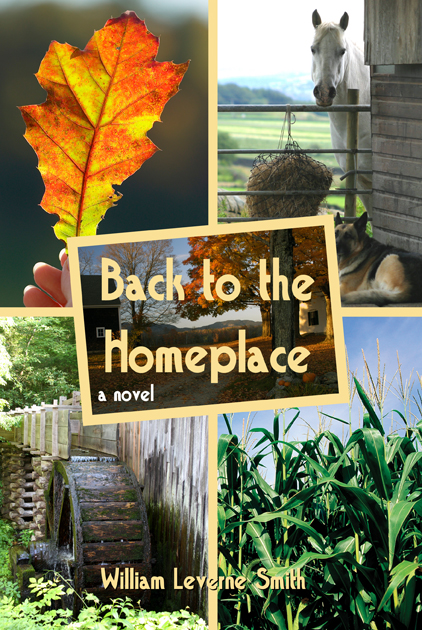
Introduction
I am not an expert on story arches or on themes, but some experience is teaching me some of the fundamentals. It also seems to me that the idea of ‘theme’ has multiple implications for a family saga, and these may change over time as the saga grows. I’m open to suggestions on any of the following, of course, but I want to share my thinking with you. You may notice (I hope, I suppose) this playing out as I continue to build the stories of “The Homeplace Saga.”
This all began with “Back to the Homeplace,” of course. The theme of that first novel was the desire of the deceased parents to keep the Century (and more) Farm all together and to keep the farmland in the family, intact, and, the implications of this desire for their children.
The original name of the Homeplace blog (my author home website) was: “The Homeplace Series.” This reflected my intent to write a three-book series, a trilogy, about this family, on the Homeplace. I wanted it to take place over time, so I initially planned to space the books at ten-year intervals. I actually had ‘written’ the second book by the time I realized that was, for more than one reason, a mistake. My biggest mistake, of course, was hurrying up and actually publishing that book, as it stood, “The Homeplace Revisited,” set 9 years after the end of the first. I’m still working to correct that decision. But, enough of that problem, probably fuel for another whole article. I really feel for my friend, author Bill Holland, who is currently facing “finishing” his major novel. When is it really done? I wish I had had the benefit of his experience, and sharing about it, when I “finished.” [I should have stopped, and taken a fresh start… oh, sorry, that is to be that other article…]
For our purposes here, it was also about this time that I began to realize that I had become totally involved in this family, and this community, in my mind, and that there was going to be much more than just “a trilogy” that I wanted to write about this family. I had become deeply interested in the founding of the community, the first settlement that had created this situation of a Century Farm and family. In fact, I had begun to write that story in (what I believed to be) a stand-alone short story. I even published that short story in a regional anthology. It was at about this time, also, that I realized I had a “family saga” on my hands, and that I wanted to continue to work on it as that, not as just stand-alone stories.
Now I was beginning to realize that I was working with stories starting in 1833 (that first settlement) and running into the 21st century, in this one community. How do you define one theme, one story arch, for that time period? You don’t, of course. Let’s make that “the rest of the story” here.
Refreshing as Springtime
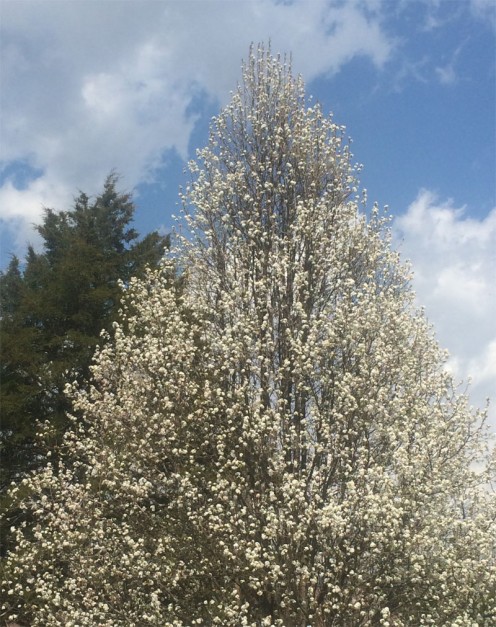
Recognizing shorter timelines within the extended time period
The general overall theme of the saga is: keeping the farm in the family - in simplest terms, so let’s start with that. The next aspect is to examine shorter sub-time periods, that self-define themselves based on the overall family story within the community history. At the “end” we have 1987 (setting of the first novel) forward… to the present, essentially. That is one period to be dealt with. The story arch here, of course, is the maturation of the families of the four siblings in the original novel.
Now, let’s look back to 1833.
I eventually defined that Founding period as 1833 to 1876 (the American Centennial). This period, of course, had three significant sub-periods: First settlement and growth; devastation of the Civil War; rebirth and initial growth following the Civil War. I had followed up the first founding short story with a second, and then a third, each published in subsequent years in the regional anthology. [Perhaps another story unto itself!]
The third anthology publication was actually the story of Oak Springs DURING THE CIVIL WAR. I am very proud of this work, and, it is the centerpiece of the collection of short stories of this 1833-1876 period that was most recently published as “American Centennial at the Homeplace: The Founding (1833-1876).” These many short stories filling in the entire period were actually written over a period of three years or so, in and around other stories and projects. By the fall of 2014, they were all finished and compiled. Many were shared on the website, as well. The book, however, has them all.
The theme for this period became how those first four to six families coalesced into the community Oak Springs became; then, surviving the complete devastation of the population of the valley during the Civil War; and the rebuilding process. Maintaining integrity with later years while going through this process was a fascinating process.
The biggest challenge has been the gap from 1876 to 1987, of course.
Life renews
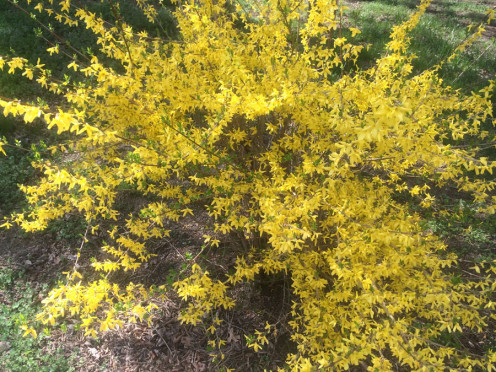
The challenge to identify theme in the gap
The gap is 111 years, I see. My ‘guiding star’ for this gap always has been the relationships of William McDonald, born in January 1864, his son, Joseph, born in 1888, and his daughter, Mildred, born in 1917 (the deceased matriarch of the first novel). How William was able to consolidate the land of the first four founding settlers and preserve it through a son to a granddaughter is the story to be told for this period. How to do that is the challenge. There is so much of the story that is in my head that has still never been put on paper that I am almost overwhelmed with the ‘responsibility.’ Perhaps that is one reason I’ve been drawn to write this very piece… and a couple of more to follow. Time will tell, I suppose. Major chunks of this storyline come from personal family history research relationships I want to tell, in this fictional setting. I mix and match actual events with the fictional characters to tell the stories in meaningful ways, I believe. These stories need to be shared.
I’ll share a brief summary of two approaches I’ve considered, and save the details for another article. As I’ve mentioned, from time to time, William kept a journal from sometime in high school throughout his long life (like my mother did, in real life). Sharing from that journal would be one way to tell the story. I thought it would be the next book after “3 Threats” - but with that laid aside, the Journal book concept has also been put on the shelf. A key part of William’s story is the ‘influence’ of his mother, through the years. Jane Truesdale McDonald has already been described as “a very strong, smart woman.” Her complete story would have paralleled William’s, of course. Is it the stronger story? I have done a draft synopsis, working title, “In the Shadow.” I’ll share that, one of these days, as well.
I’ll conclude this theme article, at this point. It is obvious there is more to discuss. Thanks for your interest and support. Remember, comments are very welcome.
Earlier Episodes in this Series
- Creating a Family Saga | FS4 | Authentic Populations
To write authentic family saga, historical fiction it is necessary to research the time and place of your stories. I sought authentic 1880 occupations, names and situations as background for stories. - Creating a Family Saga | FS3 | Creating the relationships
In creating a family saga, the third element after the family and the village is relationships. Relationships can be either family-related or non-family-related. Are you ready to write a family saga? - Creating a Family Saga | FS2 | Creating the families
This article describes how the original families of "The Homeplace Saga" were created and put in place in the context of the first novel and the story of The Founding. Constraints are discussed. - Creating a Family Saga | FS1 | Creating the Village
Background information on the creation of a multi-year, multi-family family saga work of historical fiction over a number of years. First of a series. Maps and adding people discussed here.

